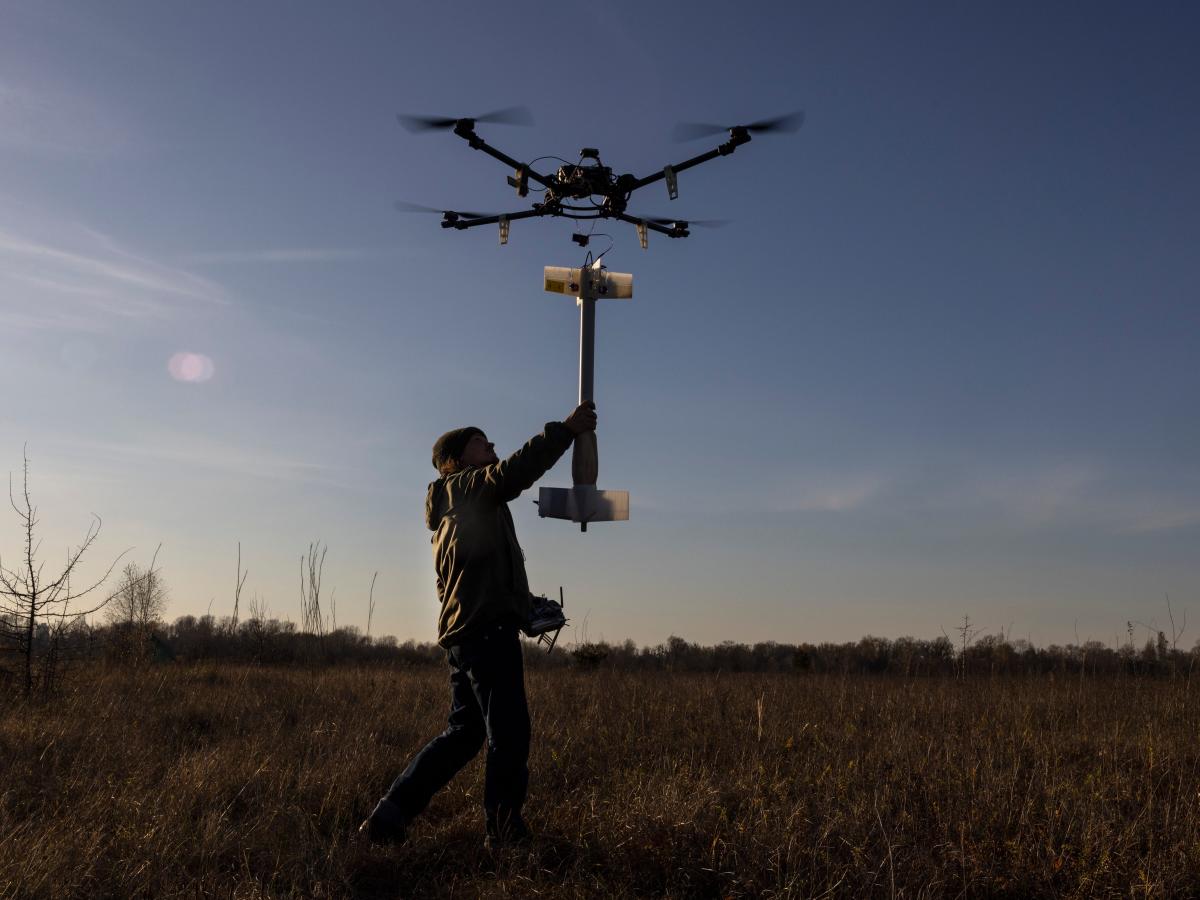Ukrainian sea drones are rapidly changing naval warfare. These unmanned vessels, ranging from small, expendable craft to more sophisticated autonomous systems, are proving surprisingly effective in the ongoing conflict. Their ability to strike targets with precision, coupled with their relative affordability and ease of deployment, presents a compelling new dimension in maritime conflict.
This exploration delves into the technology behind these drones, their operational use, and the wider implications for naval strategy and international law. We’ll examine different drone designs, their capabilities, and the tactical advantages and vulnerabilities associated with their deployment. We’ll also look at future developments and the potential impact on the global maritime landscape.
Ukrainian Sea Drone Technology: A Deep Dive
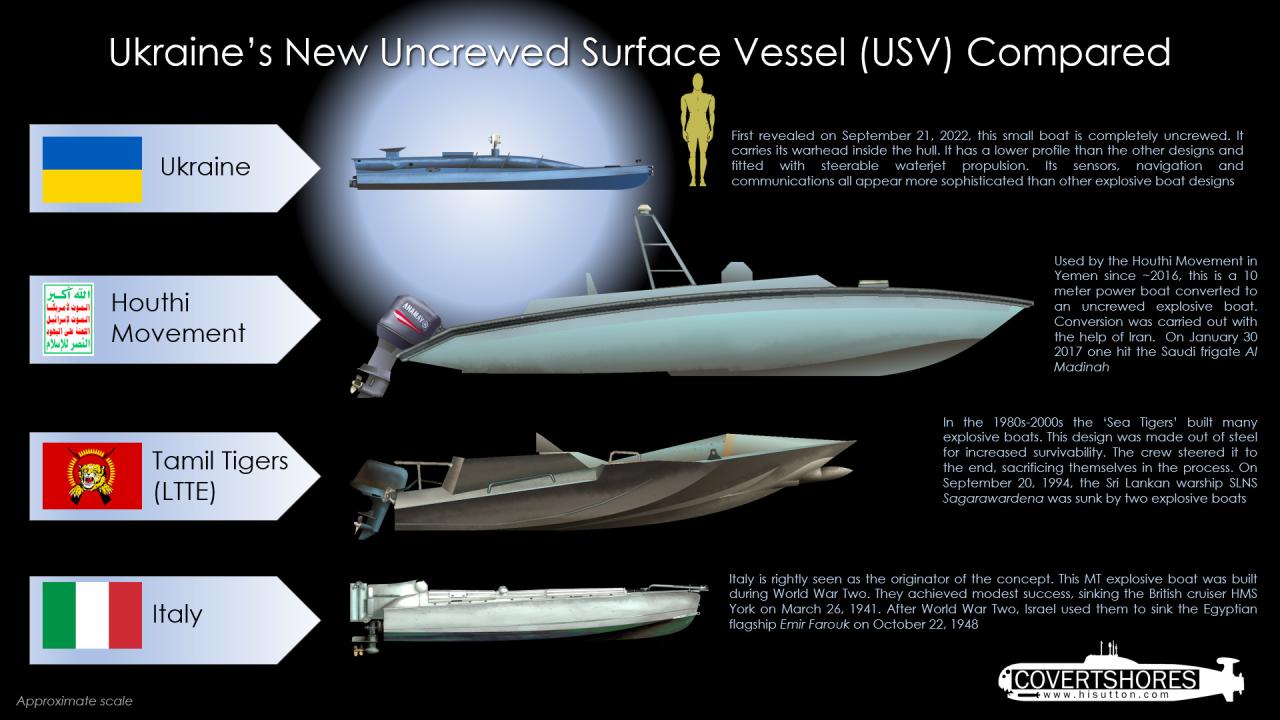
Ukraine’s innovative use of unmanned maritime systems, specifically sea drones, has significantly impacted modern naval warfare. This technology, developed and deployed under the pressures of ongoing conflict, represents a compelling case study in the rapid advancement and strategic application of affordable, yet effective, military technology. This article will explore the technological aspects, operational use, impact, future trends, and illustrative examples of Ukrainian sea drones.
Types and Propulsion Systems of Ukrainian Sea Drones
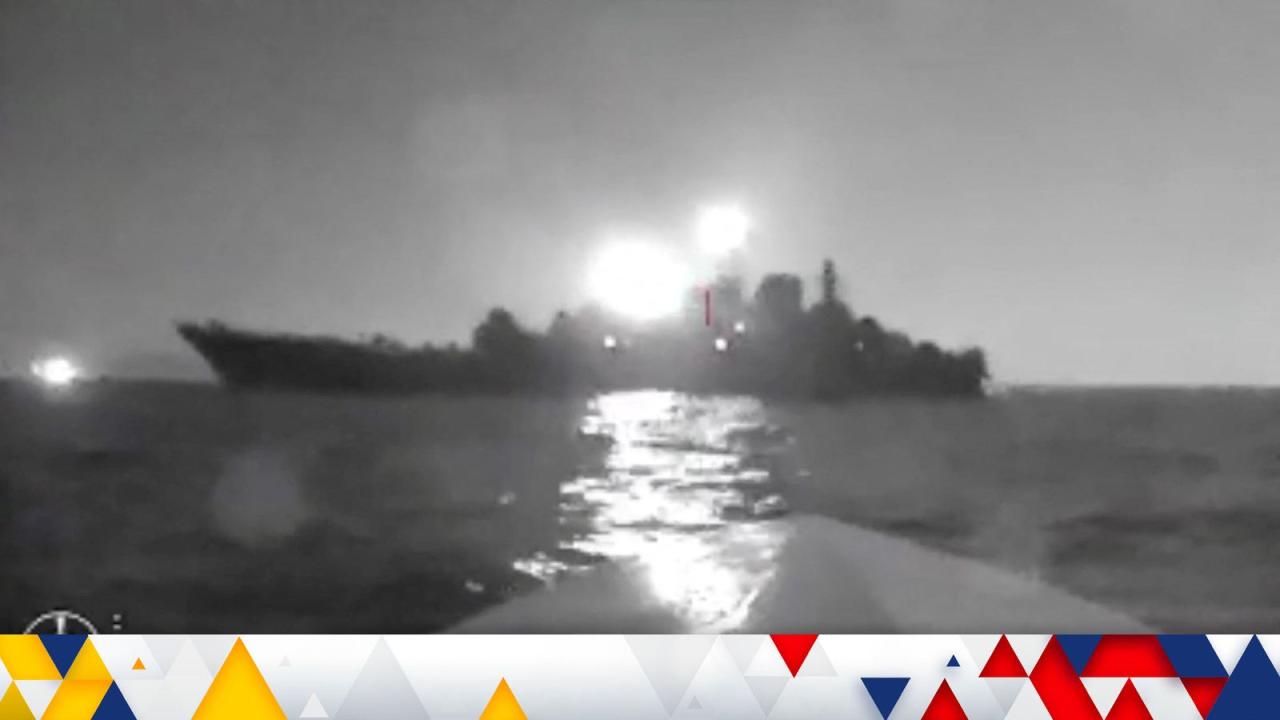
Ukraine employs a variety of sea drones, ranging from smaller, expendable units to larger, more sophisticated platforms. While precise details remain classified, reports suggest the use of several distinct designs, each optimized for different missions. Propulsion systems vary, likely incorporating electric motors for quieter operation and potentially hybrid systems combining electric and internal combustion engines for extended range. Some drones may utilize jet propulsion for speed and maneuverability, while others might rely on less conspicuous propeller-based systems.
Ukrainian sea drones are proving surprisingly effective, showcasing the potential of smaller, autonomous naval platforms. Think about the scale, though – the impressive synchronized movements you see in a spectacular drone show like the one at the shanghai drone show , but applied to maritime warfare. This highlights how diverse drone technology is becoming, and the implications for future naval combat using Ukrainian sea drones.
Payload Capabilities and Range of Ukrainian Sea Drones
The payload capacity and operational range of Ukrainian sea drones vary greatly depending on the specific model. Smaller drones may carry lighter payloads, such as explosives for suicide attacks, over shorter distances. Larger drones, potentially equipped with more advanced sensors and communication systems, are likely capable of carrying heavier payloads and operating at greater ranges. These payloads could include reconnaissance equipment, electronic warfare systems, or even more substantial explosive charges.
The exact specifications are largely unknown due to operational security concerns.
Technological Advancements Compared to Other Nations
While the exact technological details of Ukrainian sea drones remain confidential, their effective deployment highlights several key advancements. The ability to produce and deploy these drones rapidly and affordably, despite resource limitations, represents a significant achievement. Compared to larger, more expensive autonomous underwater vehicles (AUVs) developed by other nations, Ukrainian sea drones demonstrate a focus on practical, cost-effective solutions for asymmetric warfare.
This approach prioritizes adaptability and ease of production over sophisticated sensor suites and extensive autonomy found in the drones of major military powers.
| Drone Model (Designation) | Speed (knots) | Range (km) | Payload (kg) |
|---|---|---|---|
| Example Drone A | 15-20 | 50-100 | 50-100 |
| Example Drone B | 10-15 | 100-200 | 150-250 |
| Example Drone C | 25-30 | 30-50 | 20-50 |
Successful Deployments of Ukrainian Sea Drones
Several instances demonstrate the successful use of Ukrainian sea drones in the ongoing conflict. Reports suggest their effective use in attacks against Russian naval vessels, including the reported damage or sinking of warships. These operations highlight the potential of relatively inexpensive sea drones to inflict significant damage on more costly and sophisticated targets. The exact details of these operations remain largely undisclosed for operational security reasons.
Strategic Advantages and Limitations of Sea Drones in Maritime Warfare
The strategic advantages of sea drones in maritime warfare include their low cost, ease of deployment, and potential for inflicting significant damage. Their low profile and expendable nature make them ideal for asymmetric warfare against larger, more expensive adversaries. However, limitations include their vulnerability to detection and countermeasures, their relatively limited range and payload capacity in some designs, and the dependence on reliable communication links.
Tactics and Techniques in Deploying and Operating Sea Drones
Deploying and operating Ukrainian sea drones likely involves a combination of tactics and techniques adapted to the specific operational environment and mission objectives. This could include utilizing smaller, faster vessels for launching drones, employing swarm tactics to overwhelm defenses, and utilizing pre-programmed navigation systems or remote control for guidance. Specific details remain classified to maintain operational security.
Ukrainian sea drones are proving to be surprisingly effective, showcasing innovative naval tactics. Think about the level of logistical planning involved, similar to what’s needed for transporting a team like the Gonzaga Bulldogs, whose travel arrangements often involve chartering a gonzaga basketball plane. The precision and coordination required for both operations highlight the importance of strategic planning in seemingly disparate fields.
Ultimately, the success of Ukrainian sea drones depends on similar logistical prowess.
- Vulnerability to electronic warfare jamming
- Susceptibility to detection by radar and sonar
- Potential for interception or destruction by naval assets
Countermeasures could involve employing electronic countermeasures, utilizing stealth technology to reduce detectability, and developing more resilient drone designs.
Logistical Challenges of Sea Drone Use in a Conflict Zone
- Maintaining supply chains for drone components and fuel
- Securing launch and recovery sites
- Training personnel to operate and maintain the drones
- Ensuring reliable communication links in contested areas
- Dealing with environmental challenges such as weather and sea conditions
Impact of Ukrainian Sea Drone Technology on Naval Warfare Strategies
The successful employment of Ukrainian sea drones has demonstrably impacted naval warfare strategies. It highlights the growing importance of unmanned systems in naval operations and underscores the need for navies to develop effective countermeasures. The relatively low cost and high impact of these drones have forced a reassessment of traditional naval doctrines and force structures.
Potential for Escalation or De-escalation of Conflicts
The use of sea drones presents a double-edged sword regarding conflict escalation or de-escalation. While they can inflict significant damage, their relatively low profile and limited lethality compared to larger weapons systems might, in certain contexts, limit the potential for large-scale escalation. However, their use could also trigger unintended escalation if perceived as a significant threat.
Economic Implications of Developing and Deploying Sea Drone Technology
The economic implications of developing and deploying sea drone technology are significant. The relatively low cost of production and operation makes them an attractive option for nations with limited defense budgets. This affordability, however, could lead to proliferation and increase the risk of conflict.
Hypothetical Scenario of Future Sea Drone Use
In a future conflict, Ukrainian sea drone technology could be employed in a coordinated swarm attack against a larger naval fleet. Multiple drones, each carrying a small payload, could overwhelm the defensive capabilities of the fleet, causing significant damage while minimizing losses on the Ukrainian side. This scenario highlights the potential of these technologies for asymmetric warfare.
Influence on International Maritime Law and Regulations
The increasing use of sea drones presents challenges for international maritime law and regulations. Current regulations may not adequately address the unique characteristics of these unmanned systems, creating ambiguities regarding their use in international waters and the liability for any damage they cause.
Future Developments and Trends in Ukrainian Sea Drone Technology
Future developments in Ukrainian sea drone technology are likely to focus on increased autonomy, improved payload capacity, enhanced sensor capabilities, and greater swarm capabilities. The integration of artificial intelligence and machine learning will likely play a crucial role in improving the drones’ effectiveness and decision-making abilities.
Role of AI and Autonomous Systems, Ukrainian sea drone
The incorporation of AI and autonomous systems will allow for more complex mission profiles, improved target recognition, and reduced reliance on human operators. This will enhance the drones’ survivability and effectiveness in challenging environments.
Potential for Increased Autonomy and Swarm Capabilities
Future deployments will likely see larger swarms of drones working in coordination, enhancing their overall effectiveness and resilience. Increased autonomy will reduce the need for constant human intervention, allowing for more persistent operations.
Influence on Development of Similar Technologies in Other Countries
The success of Ukrainian sea drones is likely to inspire similar developments in other countries. Nations facing similar constraints or seeking cost-effective solutions for asymmetric warfare are likely to invest in and adapt similar technologies.
| Year | Milestone | Description | Impact |
|---|---|---|---|
| 2014-2015 | Initial Development | Early prototypes developed and tested. | Proof-of-concept established. |
| 2016-2018 | Operational Deployment | First combat deployments in the ongoing conflict. | Significant impact on naval warfare. |
| 2019-2023 | Refinement and Expansion | Improved designs, increased production, and broader operational use. | Increased effectiveness and impact. |
| 2024-2028 (Projected) | AI Integration and Swarm Capabilities | Incorporation of AI and swarm technologies. | Revolution in maritime warfare capabilities. |
Illustrative Example: Drone Launch
Imagine a small, nimble patrol boat, perhaps a modified civilian vessel, bobbing gently on the dark sea. The boat, relatively inconspicuous, carries several sea drones secured on its deck. A crew member, carefully following pre-programmed instructions or receiving guidance via a secure communication link, activates the launch sequence. The drone, a sleek, torpedo-shaped vessel, is released from its cradle, its propulsion system whirring to life as it quietly slips into the water and begins its mission.
Illustrative Example: Drone Strike
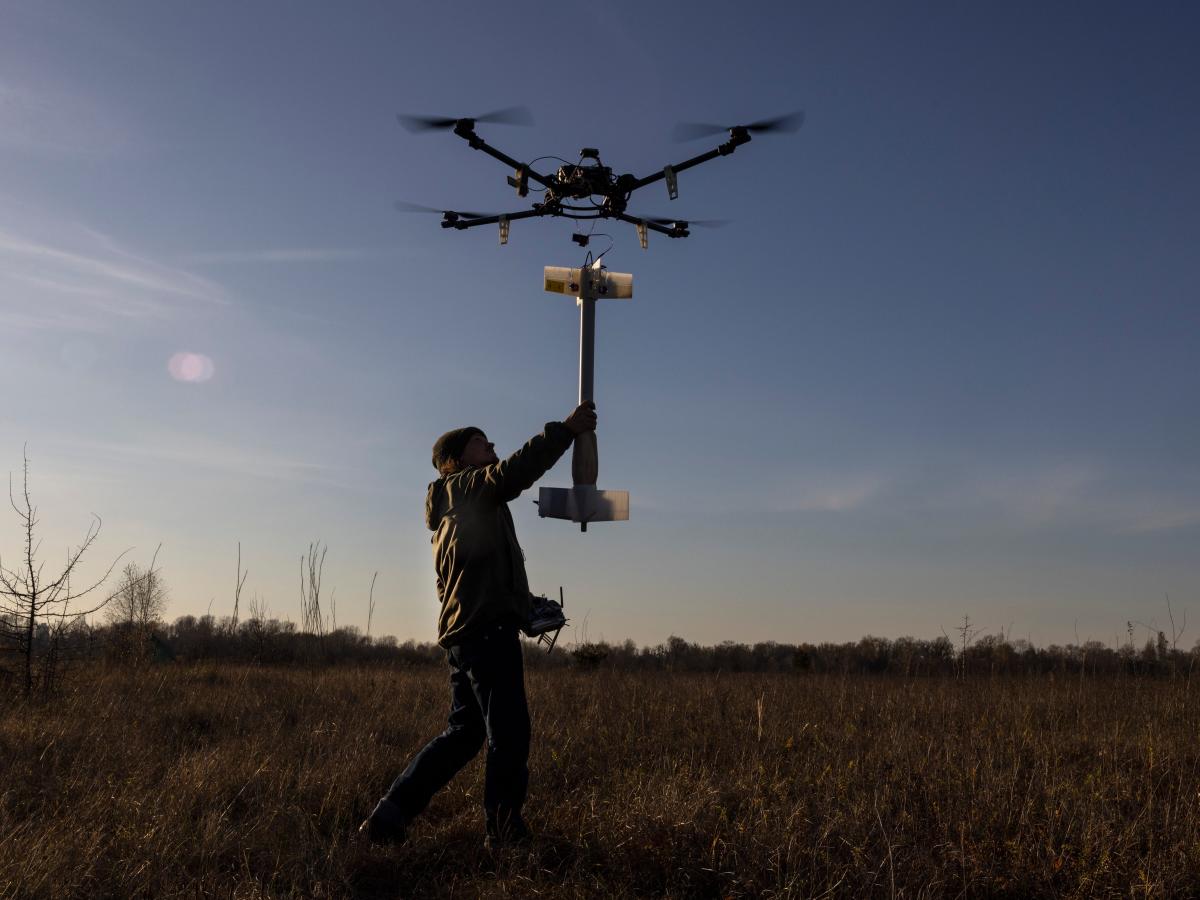
A Ukrainian sea drone, guided by pre-programmed coordinates or real-time data from a command center, approaches its target—a Russian landing craft. The drone moves silently through the water, undetected until it is close to its target. Then, with a controlled detonation, the drone’s payload explodes, causing significant damage to the landing craft, disrupting its operations and potentially sinking it.
The drone’s mission is complete.
Final Wrap-Up
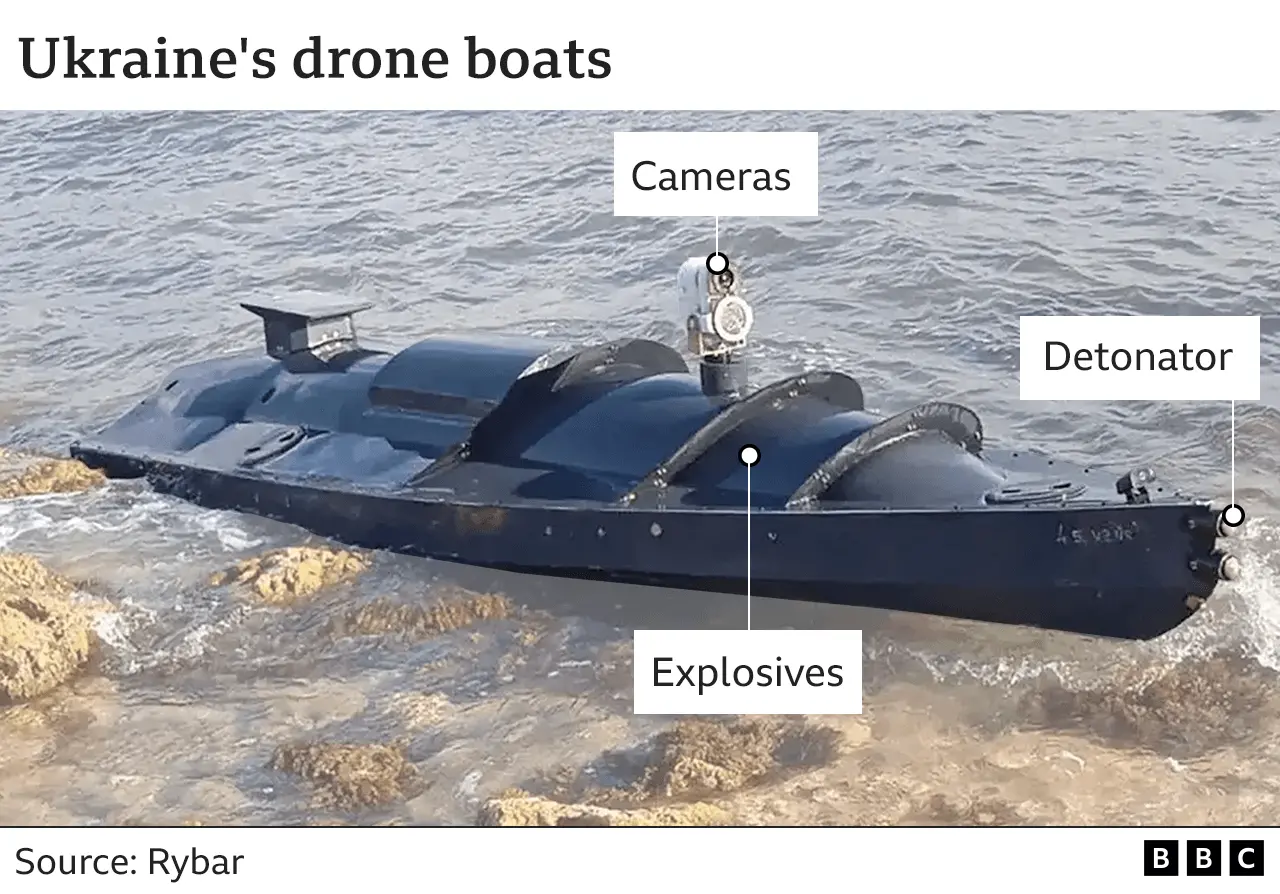
The rise of Ukrainian sea drones marks a significant shift in naval power dynamics. Their effectiveness in asymmetric warfare demonstrates the potential for smaller nations to leverage innovative technology to challenge more powerful adversaries. While their future evolution remains uncertain, the impact of these unmanned vessels on maritime strategy and international regulations is undeniable, prompting ongoing discussions on the ethical and legal implications of this rapidly evolving technology.
FAQ Section
How are Ukrainian sea drones funded?
Funding likely comes from a combination of government resources, international aid, and potentially private investment in defense technology.
What is the lifespan of a typical Ukrainian sea drone?
Ukrainian sea drones are making waves, showcasing impressive autonomous capabilities. It’s a far cry from the dazzling spectacle of a coordinated drone display, like the one you can check out at this year’s chinese new year drone show , but both highlight the diverse applications of drone technology. Think of the Ukrainian drones as the serious, military side; the Chinese New Year show as the fun, celebratory side – both equally impressive in their own right.
The contrast shows just how versatile drones are becoming.
This varies greatly depending on the model and its intended use. Some are designed as expendable weapons, while others are built for multiple missions.
Are Ukrainian sea drones equipped with any self-defense mechanisms?
Details on specific self-defense systems are generally classified, but some may incorporate countermeasures against detection or interception.
Who operates these drones?
Operation likely involves specialized naval units trained in drone deployment and control. The level of autonomy varies between models.
